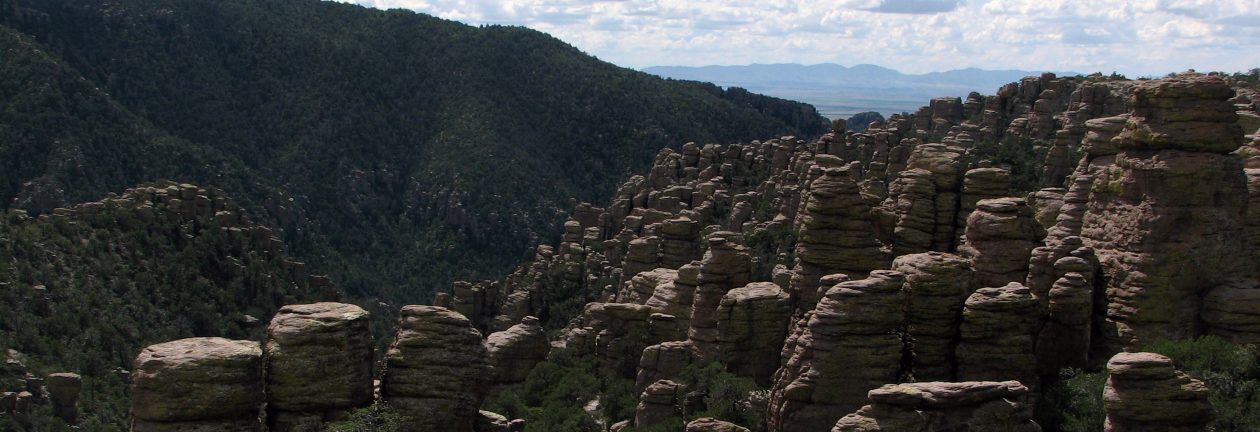Kuala Lumpur, Malaysia
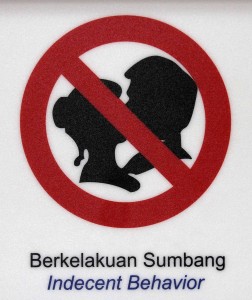
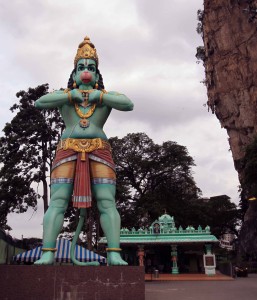
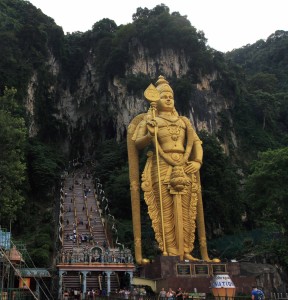
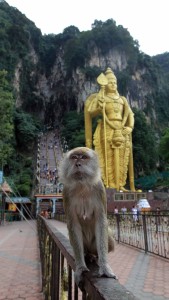
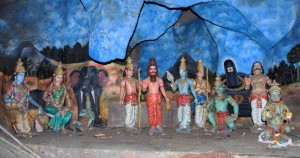
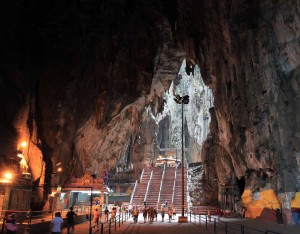
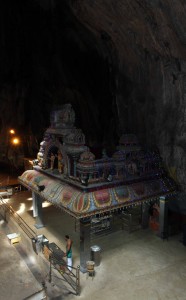
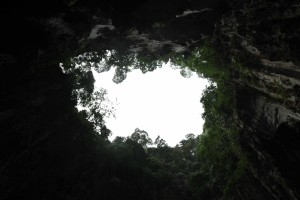
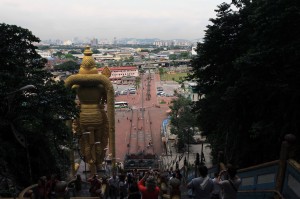
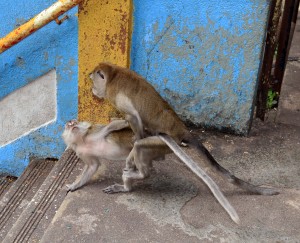
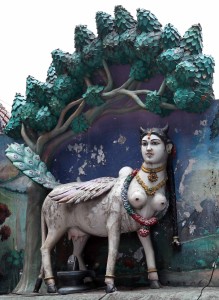
I woke up today and went up to the hostel’s terrace to enjoy some buttered toast and coffee while reading the Book of Esther (which is about an attempted pogrom in early Hebrew history). After finishing my meal and reading, I walked to the Kuala Lumpur Railway Station (built by the British in 1910, in a “Raj”-style architecture). From there, I took the KTM Commuter Train north to the terminus station, Batu Caves – the ride took about thirty minutes. Once at the final destination, it was a short walk to the steps leading up to the entrance of the caves – right next to the station is a temple dedicated to Hanuman, the noble monkey devotee and aide of Lord Rama. All along the path up, there were many monkeys (long-tailed macaques) digging through trash, snatching food and plastic bags, and perched atop the railing, waiting for a moment to rob some helpless human of their edibles. I walked past the 42.7 meter tall statue of Lord Murugan (the Hindu god of war and son of Shiva and Parvati) and on up the 272 steps to the entrance of Temple Cave (also known as Cathedral Cave); inside were Hindu figures, the main temple, and many hawkers selling souvenirs – I have a problem with anyone selling anything in a supposed holy site; I understand the need for income to maintain these temples/synagogues/churches/mosques, but I wish they would conduct their business outside; they should even advertise where (. . . and what percent of . . .) the income is going, then maybe more people would buy their crap; this especially pains me as a Catholic when I visit beautiful cathedrals and see a gift store located where a chapel used to be inside a house of God; if the primary draw is tourism and not worship, then decommission the church and make it purely a tourist attraction. Oh well. After passing through the Temple Cave, there is a round opening in the ceiling above, rimmed with trees and vegetation, allowing the sunlight to pour in; there is also another temple located there. I then walked back to the exit and to the entrance to the Dark Cave, but did not pay to go in; I instead watched the monkeys wrestle and bite each other, other monkeys shaking metal signs to make a lot of noise, and several monkeys chase skirts and try to pull them off women (they went after floral-patterned skirts). Further down I saw monkeys humping each other, another one calmly allowing tourists to pose with him (rather closely too), and another trying to open a local man’s hand because he had food hidden in his fist. I was too concerned about parasites and those bastards potentially biting my fingers off (or other valuable appendages), so I kept my distance. I then walked back to the train station and rode the Commuter train to KL Sentral Station.
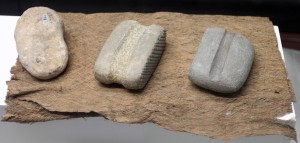
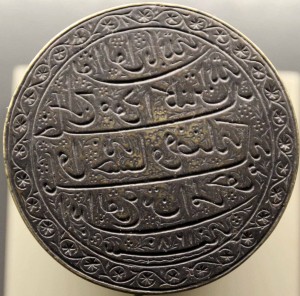
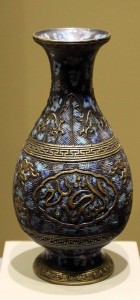
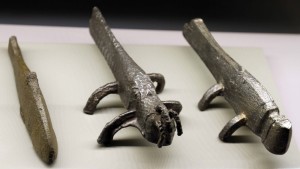
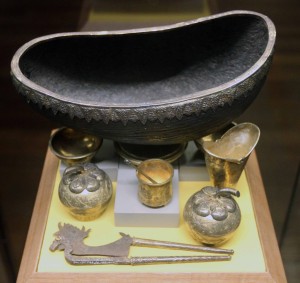
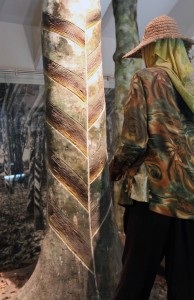
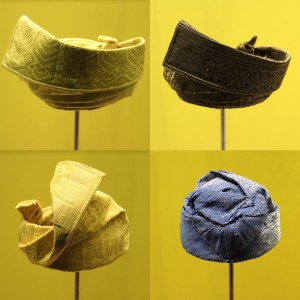
From KL Sentral, I walked to the National Museum of Malaysia, where I was given an excellent overview of Malaysia’s history, from paleolithic times to today. I learned about how Borneo, Java, Sumatra, the Malaysian Peninsula, Vietnam, and part of the Sulu archipelago were all connected during the last Ice Age, forming a landmass known as “Sundaland”, thus enabling animals and people to roam freely about. I also learned that the Sultan Megat Iskandar Shah (the Sultan of Malacca) converted to Islam during his reign (1414-1424 AD) and thus Islam spread across the rest of the Malay kingdoms (his conversion also helped him establish relationships with traders from Gujarat and Bengal). I learned that the King of Portugal sent Diego Lopez de Sequeira to foster relations with the Malay people, but instead the delegation was captured and not all of them escaped; upon hearing about this, the King then sent his armada, attacked, and then conquered Malacca, establishing the Portuguese colony in the region (violence begets more violence). Of course then the Dutch came to take over, attacking Malacca throughout the early 1600s, but finally capturing it in 1641 AD with the help of Sultan Abdul Jalil Shah III. Then the British came to get rich off the land and eventually ended up controlling Malacca, Penang, and Singapore in the Malaysian Peninsula. Then independence finally came to the Malay people in 1957; after that, there was territorial fighting between Malaysia and Indonesia in the 1960s, and Singapore separated in 1965 due to race riots and conflicts of nationalism between the Malays and Chinese-Singaporeans – it was decided that the secession of Singapore was in the best interests of both parties (too bad more national leaders can’t come to this logical conclusion when it applies to their own country and instead insist on a war which consumes the lives of many of their own people).
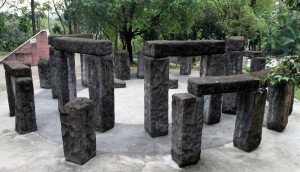
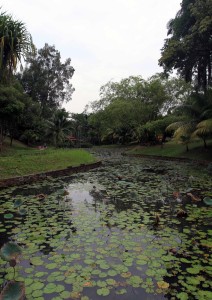
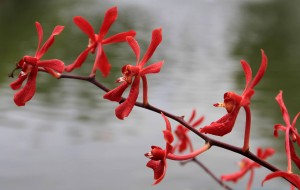
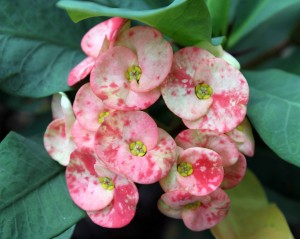
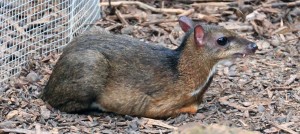
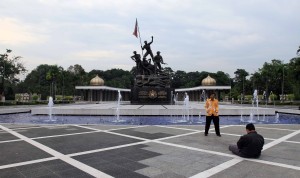
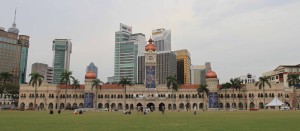
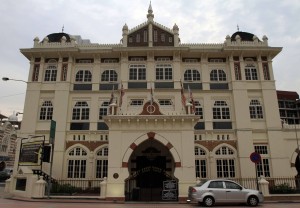
After a thorough history lesson, I walked north past the planetarium and a replica of Stonehenge (King Arthur: “What?” Sir Galahad: “He said they’ve already got one!”), and then on in to the Botanical Gardens of Kuala Lumpur. I walked past through the Lake Garden, the Herb Garden, and several flower gardens, as well as enclosure containing several mouse-deer (“Chevrotains”) – that cute animal is going on future Christmas lists. I then walked further north to the National Monument (similar in design to the Iwo Jima Monument in Arlington, Virginia), which is dedicated to the heroic fighters who helped further the cause of peace and freedom; while at the monument, there were two men shooting an amateur music video in front of it and later I chatted with a Ukrainian that lives in Denmark (smart move). I then walked east to Merdeka Square, which is where the Malaysian Flag was raised for the first time at 00:01 on August 31, 1957, replacing the Union Jack, thus signaling an end to British rule over Malaysia; also, right next to the flag pole, I ran in to the two men shooting another segment of their music video (they’re touring all the sites in Kuala Lumpur too). I then walked by the Sultan Abdul Samad Building and other fine examples of Middle Eastern influenced architecture. I then walked back to the hostel and relaxed for the night before going out again for a bite to eat and a “gantang” of beer (Note: “gantang” is a unit of volume used during the Malay kingdoms; I’m not sure what the volume is equal to exactly, but based on the Gantang cup I saw in the museum today, I believe it is equal to one metric shit-tonne). Eventually I did fall asleep.
